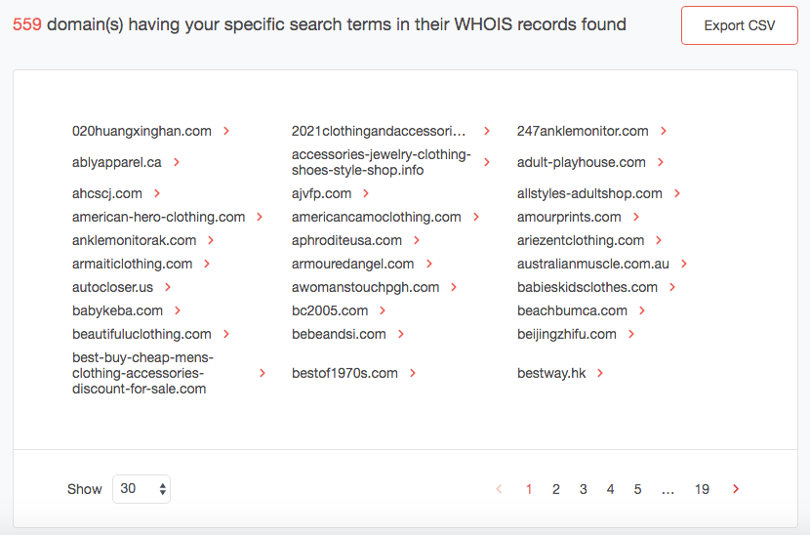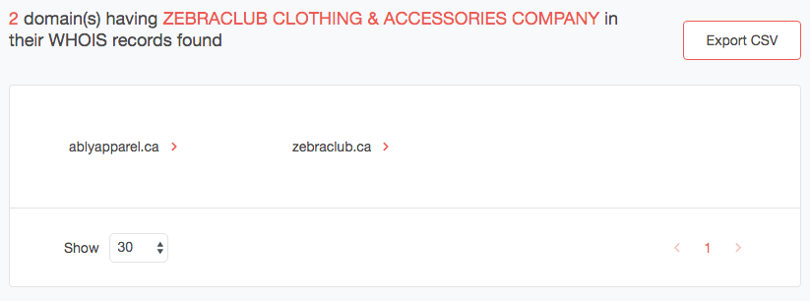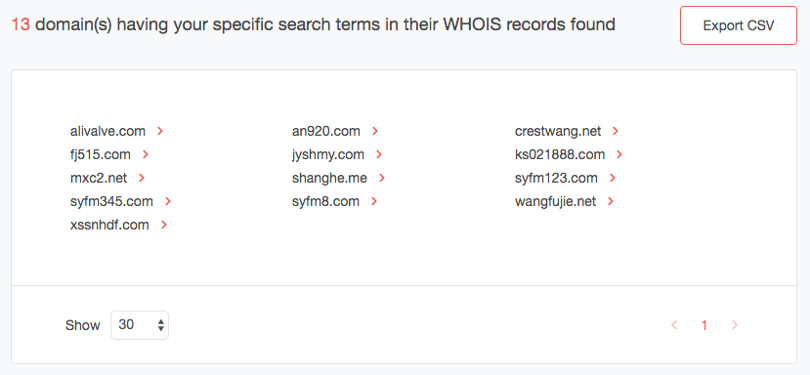The Nasdaq predicts that 95% of purchases will be made online by 2040. That’s good news for online shops. Business owners need to keep in mind, however, that competition is fierce.
The only way for businesses, especially small ones, to gain the upper hand is through sound strategies. They need to know who their customers are and what they’re looking for. While that may be a tall order, it’s not impossible with the help of marketing intelligence applications, including reverse domain lookup tools.

Reverse lookups via solutions like Reverse WHOIS Search or its API counterpart, Reverse WHOIS API, can help online entrepreneurs throughout the business cycle. Find out how in the following section.
How Reverse Domain Lookups Help in Each Stage of the Business Cycle
Businesses, operating online or not, can go up to five stages throughout their existence.
Stage 1: Launch
Every company that starts online needs to choose the perfect home for its products or services. That means selecting a domain name that best represents its business. The domain you use, therefore, should match your brand and appeal to your target audience.
So, let’s say you’d like to put up a website for your online shop that specializes in selling clothes and accessories. You can look for inspiration via reverse domain lookups using words such as “clothing” and “accessories” as search terms. Our query gave us a list of 559 domains to start drawing inspiration from.

As we chose to build a historical list of all domains with the terms, some of those in the list may no longer be in use. If you’re interested, therefore, in a domain that may already have a following, you can build a WHOIS report for it to see who you can contact for potential purchase negotiations.
Stage 2: Growth
Now that your website is ready and you have some clients, you’d like to understand where your upselling opportunities are. A reverse domain name search can help you with that. You can build customer profiles with Reverse WHOIS Search by using their organization names as search terms.
Stage 3: Shakeout
As your business grows, you’re likely to attract the attention of competitors, too. To stay ahead of the competition, you’ll need to get to know them better.
Reverse domain name searches can help with that as well. You can take the same steps in knowing your customers to build competitor profiles. That way, you can beef up your strategies effectively to stand out.
Let’s consider another hypothetical example. Say your greatest competitor is a clothing manufacturer called “Zebraclub Clothing & Accessories Company.” You can find out more about it. A reverse domain lookup for the company name revealed two domains.

You can check the manufacturer’s offerings on the sites it maintains and seek ways to gain the upper hand.
Stage 4: Maturity
When you finally hit the big leagues, competitors may be the least of your worries. You’ll have to deal with brand and cyber threats if you wish to stay successful. That means watching out for typosquatters who may be abusing your brand, preventing fraudsters from taking advantage of your customers, and protecting your business against all sorts of cyberattacks.
Reverse domain name searches can serve as an additional source of data on attackers. With its help, for instance, you can reveal attackers’ connected IT infrastructure so you can block several potential attack vectors before they can cause damage.
Let’s say that your online shop was a recent victim of a cybercrime that investigators told you was (hypothetically) perpetrated by a guy named “Fujie Wang”—one of the most wanted cybercriminals by the Federal Bureau of Investigation (FBI). You would like to avoid any other dealings with the individual, of course. A reverse domain lookup can help with that, too. Using the name as a search term, you can obtain a list of domains that you may want to avoid.

Note that some or maybe even all of these may no longer belong to the threat actor. But as with all threats, it’s always best to err on the side of caution.
Stage 5: Decline
All businesses, at some point, need to make significant changes to their strategies to achieve longevity. That may require obtaining new stakeholders or partners to put in more capital or breathe new life into the undertaking.
Reverse domain name searches can also help in this stage. You can do in-depth research on potential partners with Reverse WHOIS Search. All you need is their organization name to scout their sites and gauge their trustworthiness in combination with a domain reputation lookup—which gives you a score based on factors such as website content and presence on malware databases.
Reverse domain name searches can allow establishments to make the most out of their business’s life cycle, starting from finding the best home for their offerings to reinventing their portfolios.
About the Author
Jonathan Zhang is the founder and CEO of WhoisXML API—a domain and IP data intelligence provider that empowers all types of cybersecurity enterprises to build better products and achieve greater network security with the most comprehensive domain, IP, DNS, and cyber threat intelligence feeds. WhoisXML API also offers a variety of APIs, tools, and capabilities, including Threat Intelligence Platform (TIP) and Domain Research Suite (DRS).




